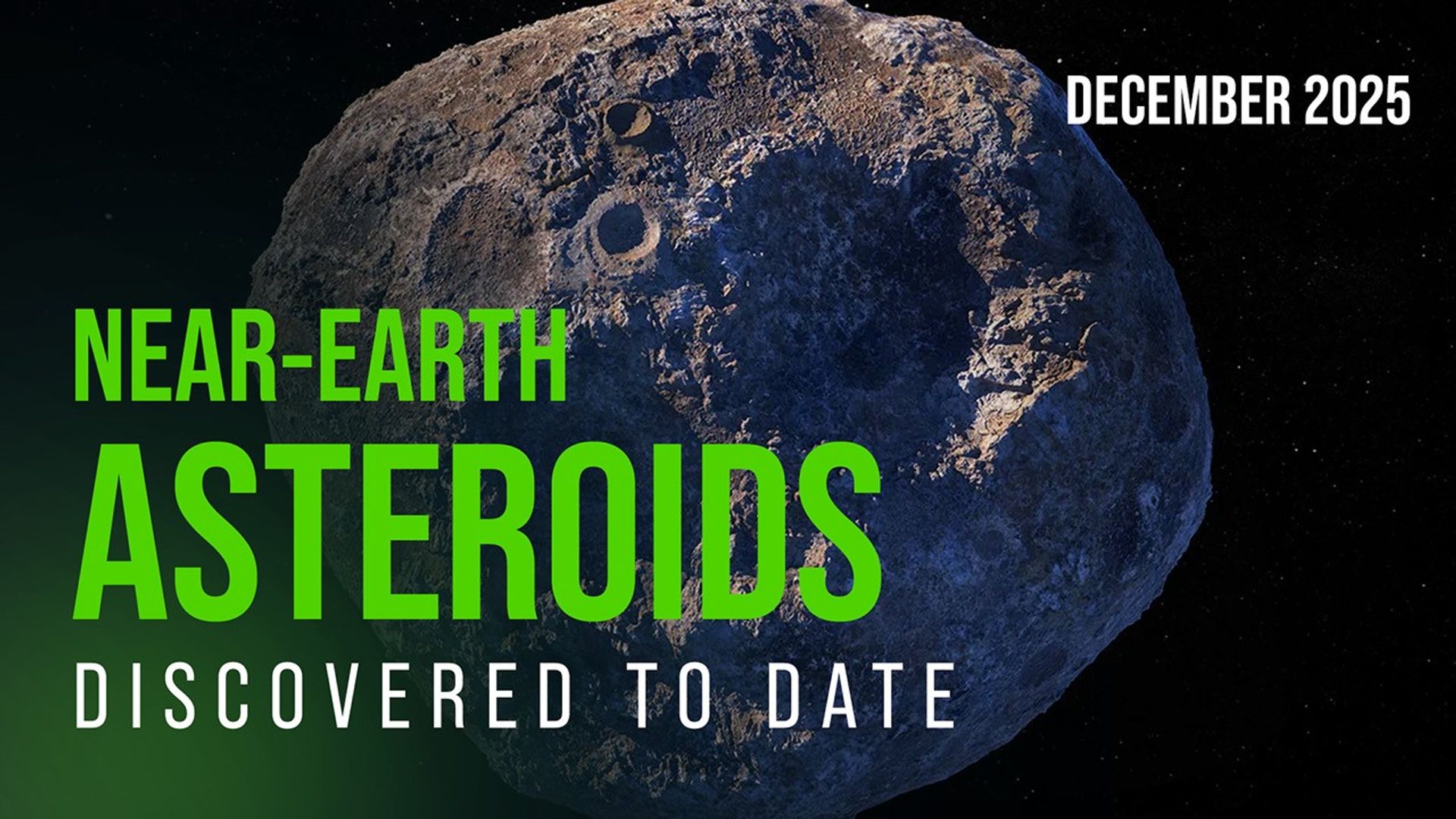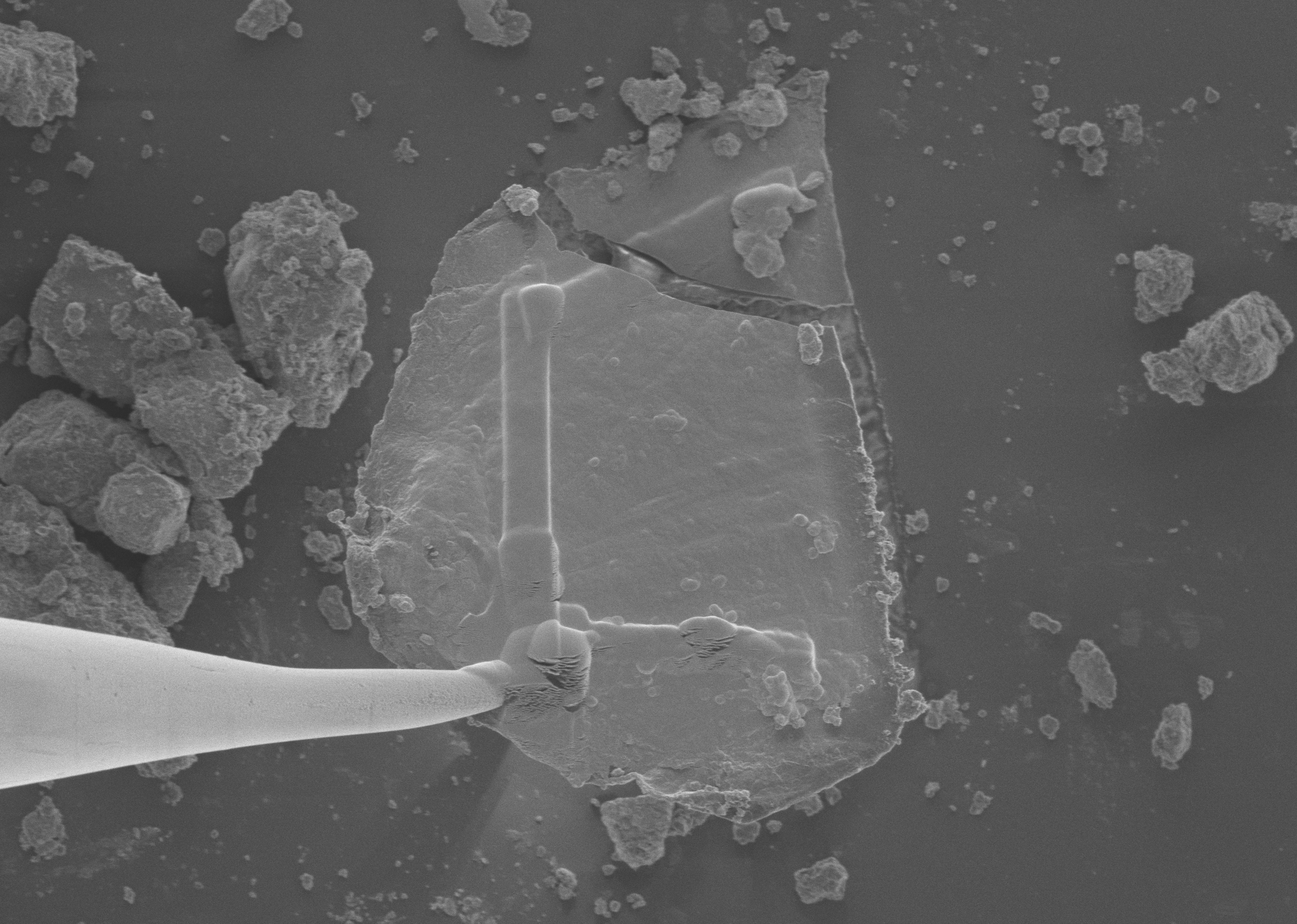NASA's New Horizons – the fastest-ever spacecraft at launch – left Earth in 2006 and hurtled through the void at nearly one million miles per day toward a mysterious world on the solar system’s outer edge. Three billion miles (4.8 billion km) and 9 1/2 years later, the spacecraft flew-by its target: Pluto.
First-time close-up photos of that incredible dwarf planet revealed wonders such as nitrogen glaciers flowing across the surface, mountain ranges rivaling the Rockies, possible ice volcanoes, and areas that are geologically active.
The incredible isn’t over.
New Horizons is on its way to new discoveries deeper in the Kuiper Belt – a region inhabited by ancient remnants from the dawn of the solar system. New Horizons’ next mission is to execute a close flyby of Kuiper Belt Object (KBO) 2014 MU69 on Jan. 1, 2019. At about 20 miles across (30 km), 2014 MU69 is more than 10 times larger and 1,000 times more massive than typical comets.
“MU69’s orbit indicates it is a cold classical Kuiper Belt Object, one of the most primordial objects in the solar system,” explains Alan Stern, New Horizons Principal Investigator. “Additionally, a recent telescopic observation made from Argentina leads us to believe that MU69 may be part of a binary pair, or two objects orbiting one another.”
Meanwhile, there’s more news about Pluto.
Images recently analyzed from New Horizons’ cameras revealed what appear to be small, low-lying isolated clouds – the first to be seen on the dwarf planet.
Stern says, "If there are clouds, it would mean the weather on Pluto is even more complex than we imagined."
Other data and images from the spacecraft are showing that Pluto’s brightest surface region is among the most reflective in the solar system. Why is the surface so reflective?
Stern explains that, “The atmosphere can snow, making bright surface deposits.”
Another recent New Horizons discovery is landslides on Pluto’s moon Charon. These are the first landslides seen in the Kuiper Belt.
The discoveries are far from over. The last bits of science data from the spacecraft’s July 2015 Pluto flyby reached Earth on Oct 27, 2016. Over the next few years, scientists on the New Horizons team will be scrutinizing the data. At the same time, the spacecraft will be exploring MU69, other KBOs, and the surrounding territory to solve more mysteries about the far reaches of the solar system.
New Horizons instruments have been hard at work since well before the spacecraft arrived at Pluto.
The Pluto Energetic Particle Spectrometer Science Investigation (PEPSSI) instrument has been measuring the composition and density of high energy charged particles in the Sun’s outer heliosphere. New Horizons’ Solar Wind Around Pluto (SWAP) instrument collected solar wind observations en route from Earth to Pluto and is still collecting them out in the Kuiper Belt. New Horizons also has a dust detector, built and conceived by students on the New Horizons team, which detects impacts of particles from asteroids and comets.
By 2021, New Horizons will make observations out to 50 times the distance from the Earth to the sun.
The incredible keeps coming.
For more news from the outer reaches, stay tuned to science.nasa.gov.


































